Human Factors and Ergonomics
1/10
Earn XP
Description and Tags
These notes cover key concepts in Human Factors and Ergonomics for IB Design Technology HL. Topics include anthropometrics, psychological and physiological factors, types of ergonomic data, environmental considerations, and sustainable design. They also explore the international implications of resource management and the role of technology in ergonomic design. Link to Notes: https://knowt.com/note/e3decd16-8b03-456f-b5a3-9bcf1dc77262/Human-Factors-and-Ergonomics
Name | Mastery | Learn | Test | Matching | Spaced |
|---|
No study sessions yet.
11 Terms

What is Ergonomics?
The scientific discipline that studies interactions among humans and other elements of a system, aiming to design for optimal human well-being and system performance.
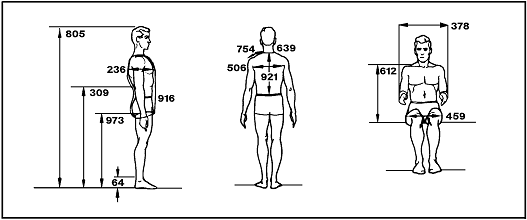
What is Anthropometrics?
The study of human body measurements, focusing on strength and size to ensure user comfort and productivity in design.
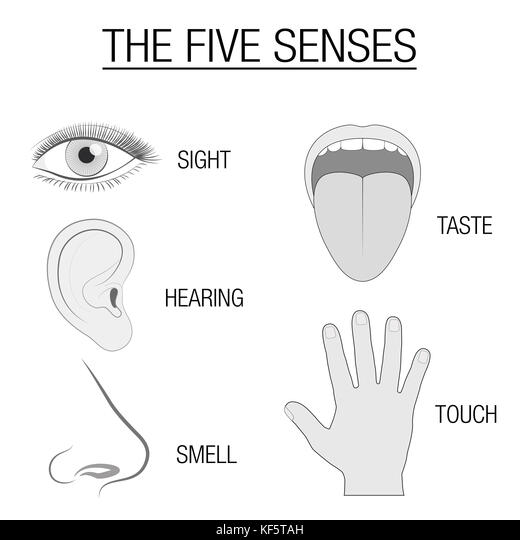
Define Psychological Factors in ergonomics.
Psychological factors in ergonomics refer to the varying psychological characteristics of humans that influence design, including touch, taste, and smell, which are often subjective and based on opinion.

What are Physiological Factors?
Physiological factors are related to physical characteristics used to optimize the user’s safety, health, comfort, and performance, including aspects like adjustability, alertness, and biomechanics.
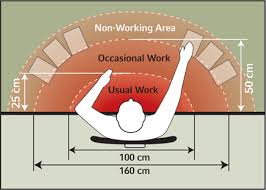
Functional Data
Data related to tasks and interactions, such as reaching, navigating, and space considerations in design.
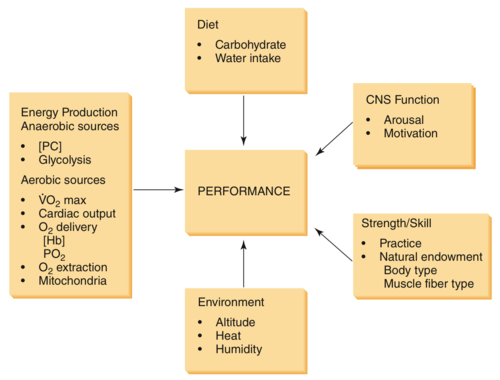
Define Environmental Factors in the context of ergonomics.
Elements like management policies, physical environment, equipment design, job nature, social environment, and worker factors influencing ergonomics.
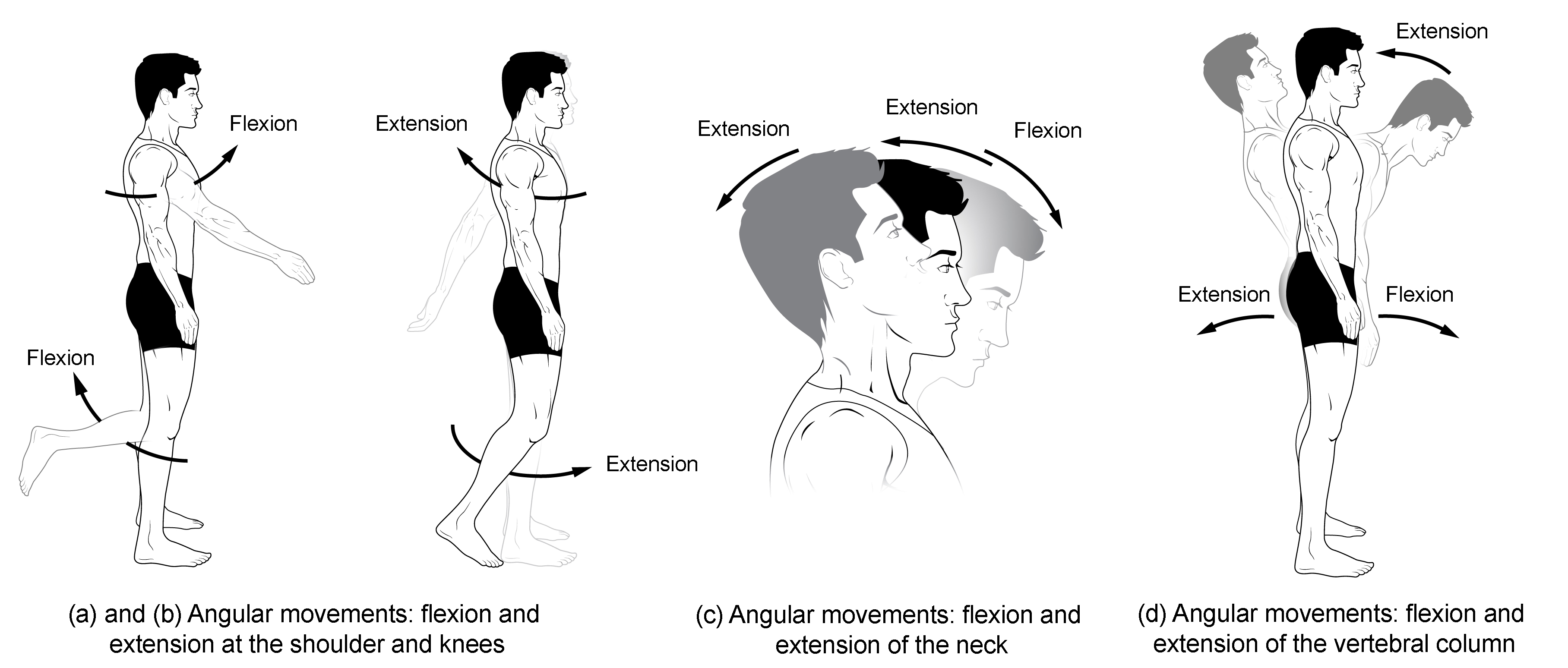
What is meant by Dynamic Data in ergonomics?
Dynamic data refers to human body measurements taken when the subject is in motion, related to the range and reach of various body movements.
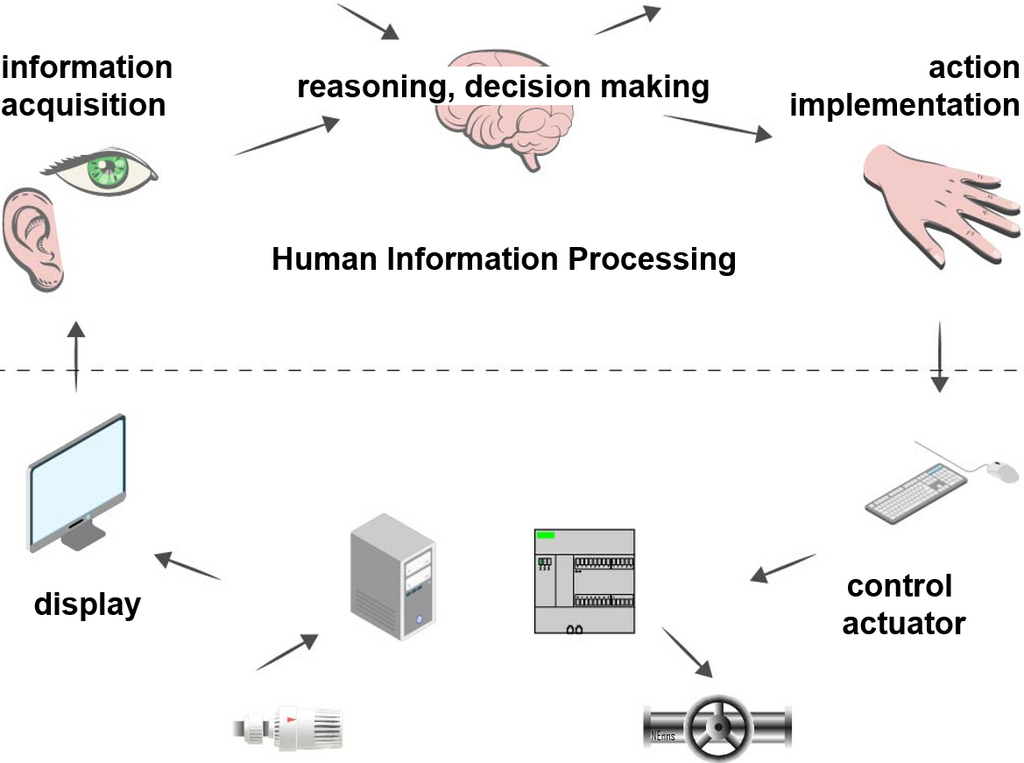
What is the significance of the Human Information Processing System?
The Human Information Processing System is an automatic system that a person uses to interpret information and react, comprising inputs, sensory processes, central processes, motor processes, and outputs.
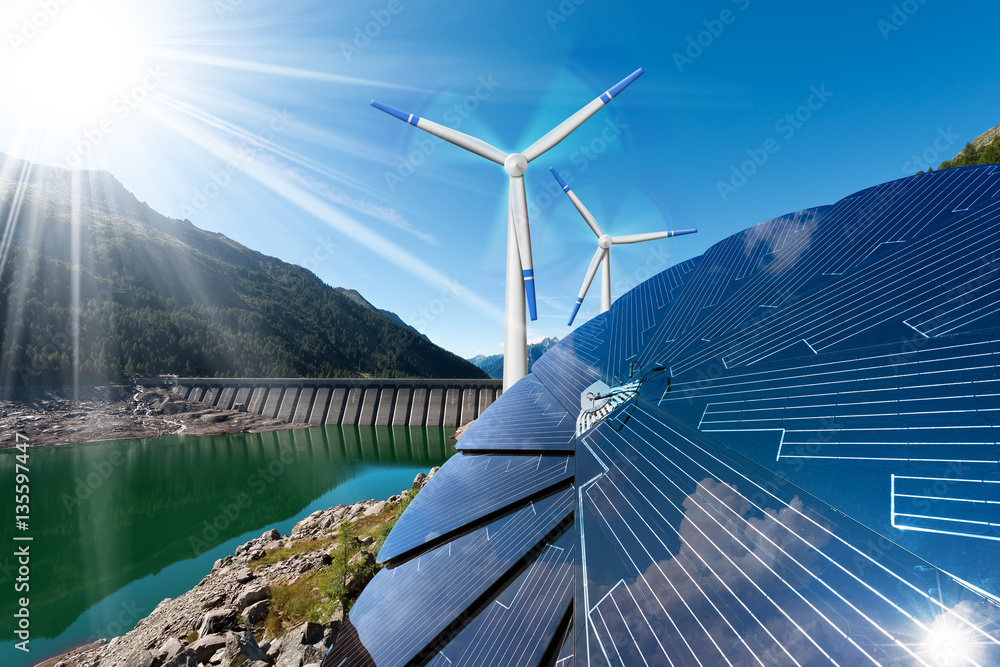
What are Renewable Resources?
Renewable resources are natural resources that can replenish with the passage of time or do not abate at all, such as solar, wind, hydro, wave, tidal, thermal, and biofuels.

Define Non-renewable Resources.
Non-renewable resources are natural resources that do not replenish at a sustainable rate and will run out if the rate of extraction is maintained, including fossil fuels like natural gas, oil, coal, and nuclear energy.
What is the importance of International Mindedness in Design Technology?
International mindedness in design technology involves understanding the global ethical, social, and environmental impacts of resource management and extraction, and responding to global challenges and opportunities in resource management.